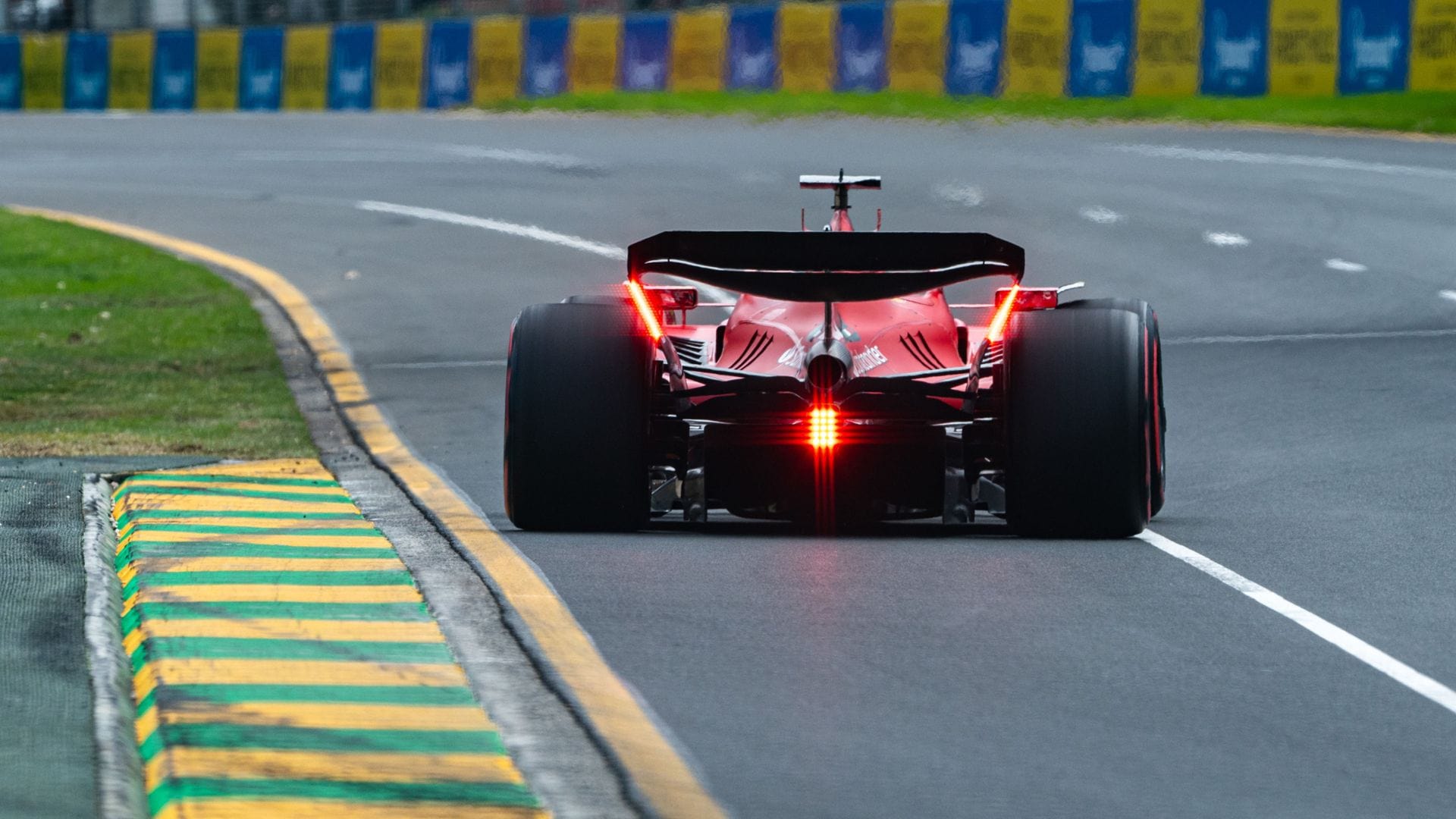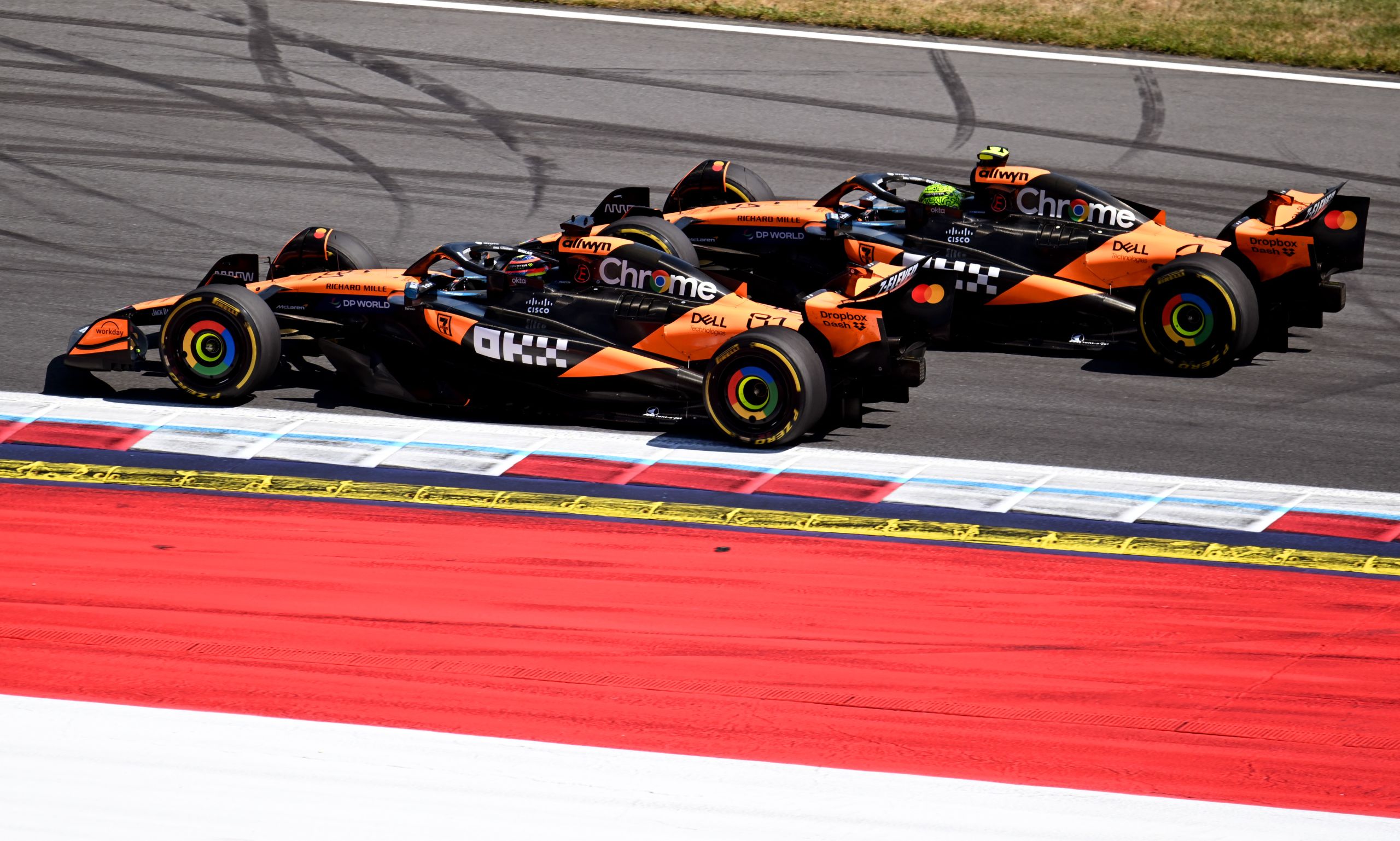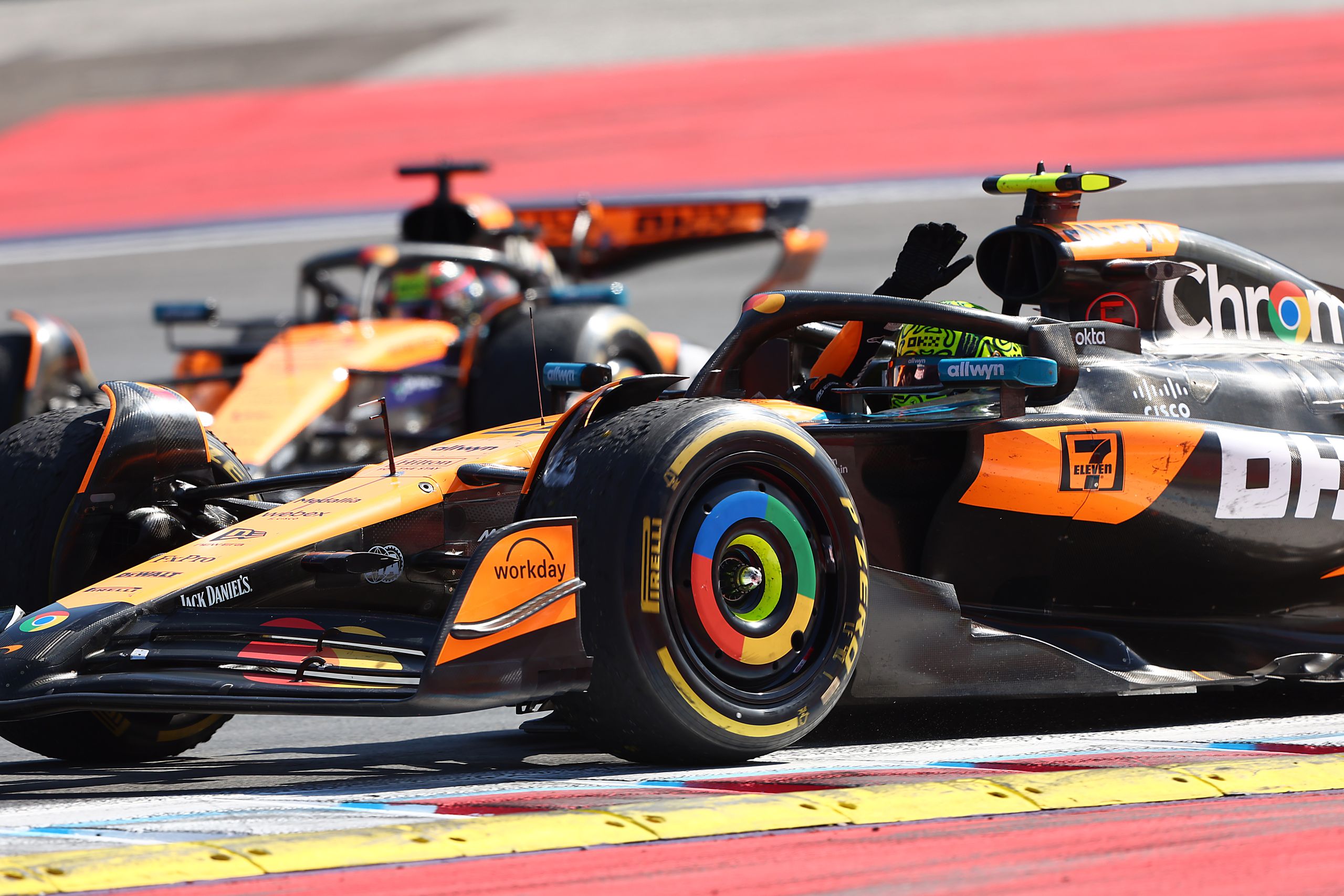How Much Extra Speed Does DRS Give?


How much extra speed does DRS give? According to the FIA, the drag reduction system (DRS) can increase speed by 10-12 km/h (6.2-7.5 mph) by the end of the activation zone. However, many teams report a lower figure of 4-5 km/h (2.5-3.1 mph) at certain circuits. When the DRS is deactivated or closed, it increases downforce, which results in better cornering.
Understanding DRS
Function and Purpose
The Drag Reduction System (DRS) is a feature in Formula 1 cars designed to improve overtaking opportunities by temporarily reducing the aerodynamic drag of a trailing car. When activated, the DRS opens a flap in the rear wing, allowing the car to experience less resistance against the airflow and gain extra speed.
DRS can only be used within designated DRS zones during a race, and the activation conditions are set by the FIA. Typically, DRS activation is only allowed when a driver is within one second of the car in front at the previous timing point.
DRS Components
DRS comprises an adjustable rear wing flap that modifies the air resistance of a car. The driver manually operates the DRS with a button on their steering wheel, while the car’s on-board electronics and hydraulics manage the movement of the flap.
The performance enhancement gained from DRS varies, but extra speeds of around 10-20 km/h (6-12 mph) are commonly mentioned. This increase in speed helps a driver to approach and potentially overtake the car ahead more quickly, spicing up the on-track action.
Effect of DRS on Speed
Speed Increase Factors
The Drag Reduction System (DRS) in Formula 1 racing plays a significant role in increasing the straight-line speed of race cars. The speed increase provided by DRS is influenced by factors such as the car’s design, aerodynamics, and the activation zone on the track. Typically, the FIA estimates that DRS can boost a car’s speed by 10-12 km/h (6.2-7.5 mph) when activated.
Varying Results in Different Cars
It is important to note that the effectiveness of DRS varies between different race cars. For instance, Red Bull has managed to achieve an even greater speed advantage by creatively implementing their ‘triple DRS’ system, which reportedly provides them with up to 15-18km/h (or even 20km/h in extreme cases) of additional speed. This demonstrates that car design and engineering can play a significant role in optimizing the benefits of DRS.
On the other hand, technical staff in the paddock suggest a more conservative speed increase figure of 4-5 km/h (2.5-3.1 mph) for some cars when DRS is activated. This variation could be attributed to differences in car construction, aerodynamics, and other performance-related factors.
In conclusion, the overall effect of DRS on speed is influenced by multiple factors and can vary significantly between different cars, with some teams achieving greater benefits from the system than others. This highlights the importance of innovative design and engineering strategies in maximizing the performance advantages of DRS in Formula 1 racing.
DRS in Formula 1
History and Evolution
The Drag Reduction System (DRS) was introduced in Formula 1 in 2011 to address the challenges faced by drivers while attempting to overtake. Initially met with skepticism, DRS has become an integral part of the F1 racing experience.
Over time, F1 engineers have refined the DRS mechanism, improving its effectiveness and reliability. Some teams, like Red Bull, have even employed innovative technologies such as the ‘triple DRS’ for enhanced performance.
The Role in Overtaking
DRS primarily functions as an overtaking aid by allowing drivers to temporarily reduce the drag on their car’s rear wing. This reduction in drag enables the vehicle to attain higher straight-line speeds during specific DRS activation zones marked on each circuit.
When DRS is engaged, the gap between the upper flap and the mainplane of the rear wing opens up to a maximum of 85mm, resulting in a significant reduction in aerodynamic drag. This reduction translates to an increase in speed, typically ranging from 15-18 km/h or up to 20 km/h in extreme cases, giving drivers an advantage in closing the gap to the car in front and facilitating overtaking maneuvers.
On average, drivers can gain an extra 10-12 kph through the use of DRS, which greatly improves their chances for successful overtaking. It is important to note, however, that DRS can only be activated within one second of the car ahead and within the designated DRS zones during a race, ensuring that its usage is regulated and strategic.
DRS Activation and Limitations
Activation Periods
The Drag Reduction System (DRS) is a mechanism in Formula 1 racing that allows drivers to temporarily reduce the aerodynamic drag of their vehicles, increasing top speed and facilitating overtaking. DRS is only operative during specific zones on the track, typically in areas where overtaking is deemed safest by the FIA.
To activate DRS, the driver must be within one second of the car in front at the DRS detection point. Once enabled, DRS lifts a section of the rear wing, creating an opening for air to pass through, thus reducing the drag. It is estimated that DRS provides an extra speed boost of up to 10-12 km/h (6.2-7.5 mph).
Risks and Safety Measures
Utilizing DRS presents certain risks, as the reduced downforce can lead to decreased stability during cornering. To minimize these risks, the FIA has implemented limitations on DRS use. Firstly, DRS is only permitted in designated zones, usually on long straights that lead into heavy braking zones. This ensures that drivers have ample time to deactivate DRS before entering corners.
Additionally, DRS remains inactive during the first two laps of a race, or whenever a Safety Car is deployed. This ensures that drivers navigate the initial crowded race situations and any incidents that arise with the necessary level of downforce.
As part of Formula 1’s ongoing safety improvements, the FIA closely monitors the implications of DRS on racing, adjusting regulations accordingly to promote fair and secure competition.
Before you go…
DRS has had a huge impact since its inception, from increased overtaking to changes in strategy, and more.
We analysed some of the effects DRS has had on F1 and put it all into one article for you.
How Much Extra Speed Does DRS Give? – FAQs
How much speed does DRS increase?
The amount of speed that DRS (Drag Reduction System) increases can vary depending on several factors, including the track layout, weather conditions, and the car’s setup. However, on average, DRS can increase a car’s top speed by around 10-15 km/h.
Does DRS make the car faster?
Yes, DRS makes the car faster by reducing drag and increasing top speed on the straights. This can lead to significant performance gains, especially on tracks with long straight sections.
What is the F1 max speed in DRS?
The F1 max speed in DRS is highly dependent on the track layout and conditions, as well as the specific car and engine being used. However, in general, F1 cars with DRS engaged can reach speeds of over 350 km/h on long straight sections.
How much drag is reduced with DRS?
DRS can reduce drag by up to 25%, which can significantly increase a car’s top speed on the straights. This reduction in drag is achieved by opening a flap on the rear wing of the car, which allows air to pass more freely over the surface of the wing, reducing the drag that would otherwise slow the car down.
How much horsepower does DRS add?
DRS does not add horsepower to the car directly. Instead, it reduces the amount of drag that the car experiences, which allows the engine to use its existing horsepower more efficiently, resulting in a higher top speed on the straights.
How much difference does DRS make?
The difference that DRS makes can be significant, especially on tracks with long straight sections. By reducing drag and increasing top speed, DRS can allow cars to overtake more easily and can help them gain an advantage over their competitors.
Can you use DRS every lap?
No, DRS can only be used in certain circumstances, as dictated by the FIA regulations. In most cases, DRS can only be used on specified sections of the track during the race and only when a car is within one second of the car in front of it. This is intended to ensure that DRS is used primarily as a tool for overtaking and does not become an unfair advantage for certain drivers.
Related Articles:
How does DRS impact the aerodynamics of a Formula 1 car?





